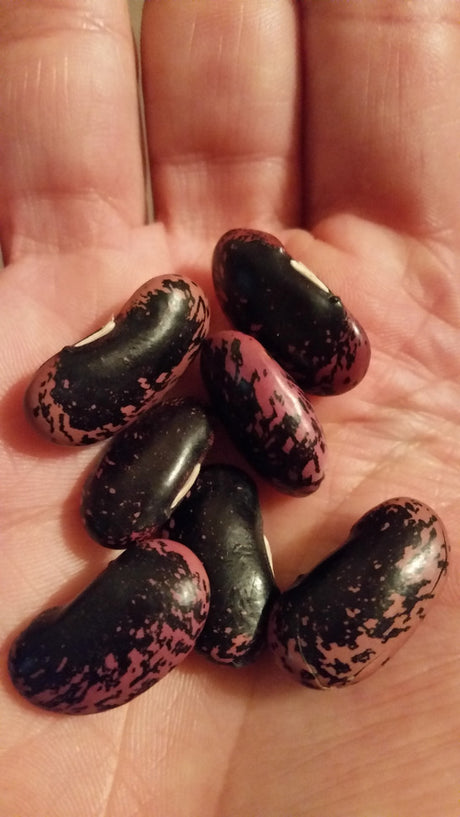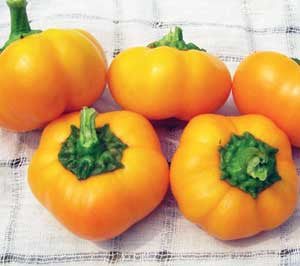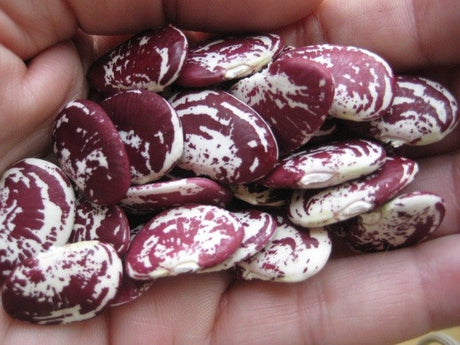
Food Gardens are Part of the Solution
I love reading about people in their community growing food and building relationships thru their food gardens. This particular story touched my heart so I'm sharing with you too 11...
Mary Smith |
Welcome to our store Learn more

I love reading about people in their community growing food and building relationships thru their food gardens. This particular story touched my heart so I'm sharing with you too 11...
Mary Smith |

Saving seeds from your garden bounty is like putting money away for a rainy day. Best of all, saving your own seeds is one of many ways to regain control...
Mary Smith |

This article is in response to a recent article I shared about Crops rotting in the field because farmers lacked the labor force to complete their harvest. There are many...
Mary Smith |

We recently shared a new report Bumble Bee Put on Endangered Species list. Every day we encourage people to grow without the use of harmful pesticides and work with pollinators...
Mary Smith |

Mary's Heirloom Seeds Quick Links Greek Oregano GARDENS FUNDRAISER Seed Starting SUPPLIESOrganic Plant Food Organic Pest Control Heirloom BEANS Heirloom BEETS Heirloom CABBAGE Heirloom CARROTS Heirloom CORN ...
Mary Smith |

Since I've had SO MANY requests via email, I decided to add the Special Announcement to our blog. BONUS...Since I made a mistake in the original email, I am EXTENDING...
Mary Smith |

Another fun email from Mary's Heirloom Seeds! Enjoy! Mary's Heirloom Seeds Quick Links Greek Oregano GARDENS FUNDRAISER Seed Starting SUPPLIES Organic Plant Food Organic Pest Control Heirloom BEANS Heirloom...
Mary Smith |

FOOD. Without food, we would not survive. Whether you are aware or not, our food choices make an impact every single day. From Ecocentric "Simply put, food is at...
Mary Smith |

Another one of my favorite heirloom varieties is the Thai Roselle, also called Jamaican Sorrel, Florida Cranberry or Red Thai Hibiscus. This is another unique variety that would make a...
Mary Smith |

At Mary's Heirloom Seeds, we often talk About HOW to plant and WHEN to plant. I realize that we don't talk enough about the WHY we plant Heirloom Seeds. ...
Mary Smith |